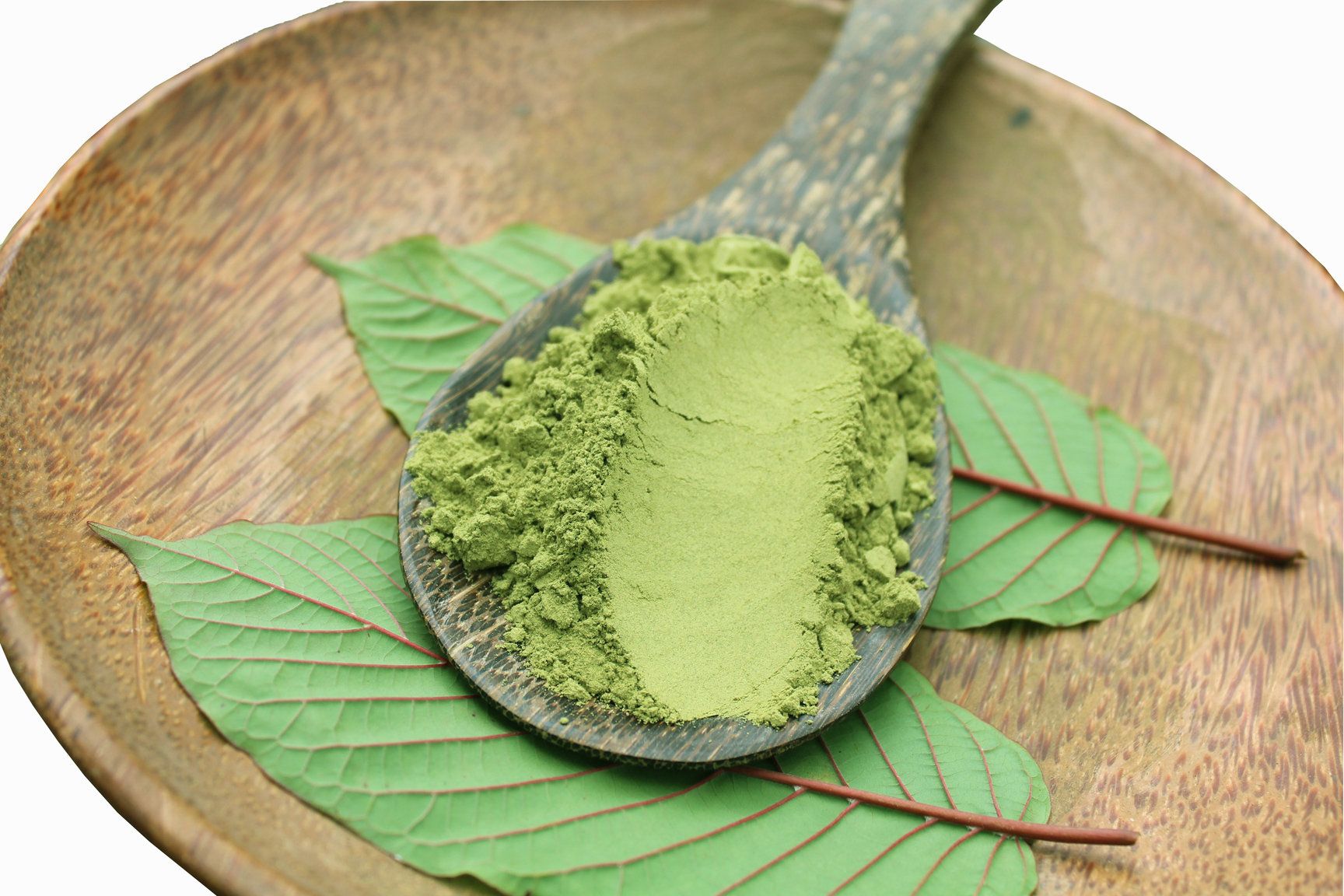
Managing Kratom Tolerance
Kratom tolerance occurs when the body grows accustomed to its presence and it begins to require a higher dosage to achieve the same results.
It is possible to build a tolerance to many things. Kratom is no different. There are a number of ways to manage and minimize kratom tolerance issues, including tolerance breaks, blending strains, switching strains, and consuming kratom with potentiators.
This is our kratom tolerance guide.
Understanding Kratom Tolerance
The very first time a person drinks a cup of coffee, the energy may feel overwhelming, or they may experience increased focus and awareness. If that same person consumes coffee every day, they might find that they must drink more coffee to get the desired effect. This person has built up a tolerance for caffeine. In order to combat tolerance issues, they might need to reduce their caffeine intake for a period of time. Alternatively, they may just cut caffeine entirely and instead choose a different product that offers energy and focus; or simply take nothing and not have the extra energy for a while. There are a lot of options for caffeine tolerance, and kratom tolerance isn’t any different.
How to Manage Your Tolerance Levels
Being mindful of tolerance from the beginning provides the easiest path. Taking a “tolerance break” by not consuming kratom for a couple of days, every couple of weeks, is ideal. Some consumers, however, are not in a position to do that. In these cases, slowly tapering the amount consumed while simultaneously adding a potentiator, like turmeric or citrus juice, is a good alternative.
In addition to conventional methods, some alternative approaches have received positive feedback from consumers. One method involves incorporating stem and vein kratom into the routine. Stem and vein kratom is derived from a different part of the plant compared to plain leaf kratom. Surprisingly, some individuals have found success by entirely replacing their usual consumption with stem and vein, which has been touted as an effective way to reduce tolerance levels.
To prevent kratom tolerance, it’s crucial to avoid using the same strain constantly. Instead, you can mix different strains, try blends, or switch between strains regularly. Adopting a “less is more” approach from the start is also beneficial. Taking larger quantities doesn’t guarantee better results but will lead to an increase in tolerance levels. So, focus on using kratom wisely to achieve the desired effects without building up tolerance.
Managing tolerance becomes much easier with a range of options available. By practicing proper pacing, tapering, blending, potentiating, alternating, or taking breaks, you can effectively control and mitigate kratom tolerance issues.
**These statements have not been evaluated by the FDA. This product is not intended to diagnose, treat, cure, or prevent any disease or condition.**


